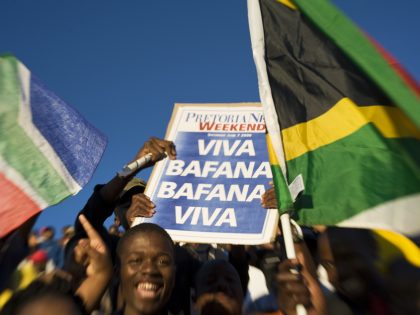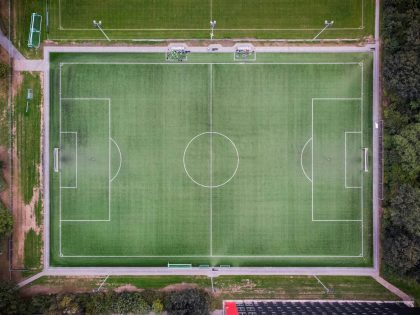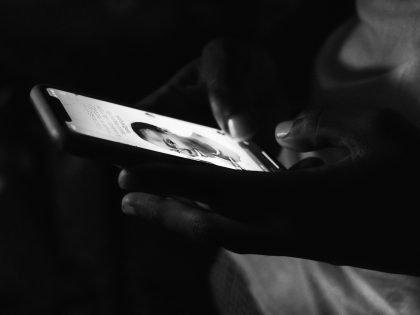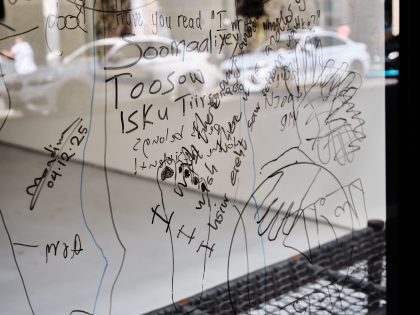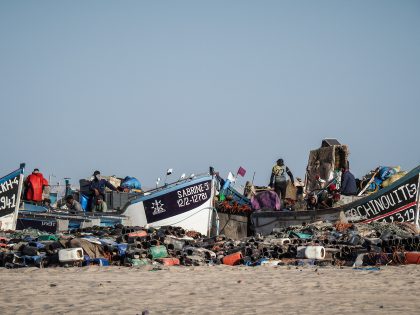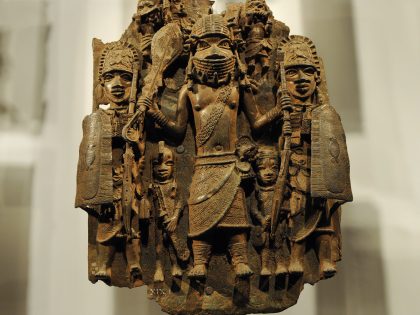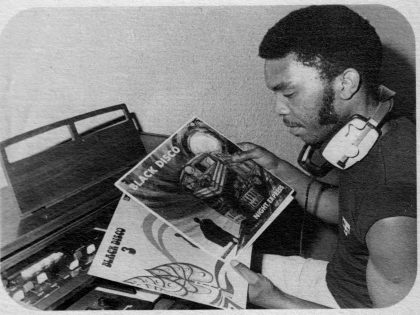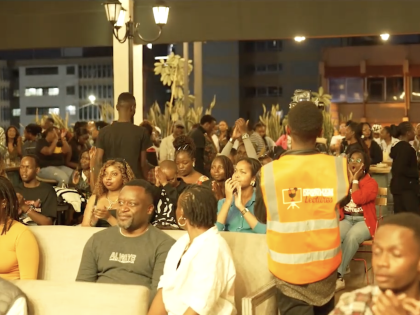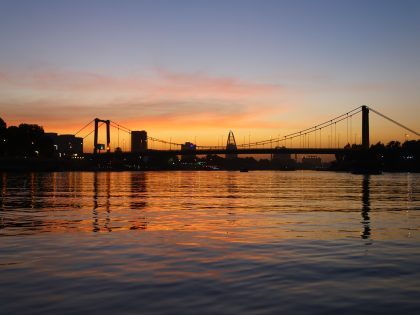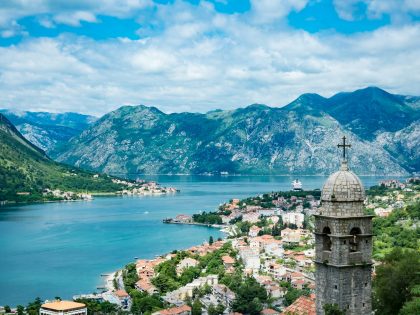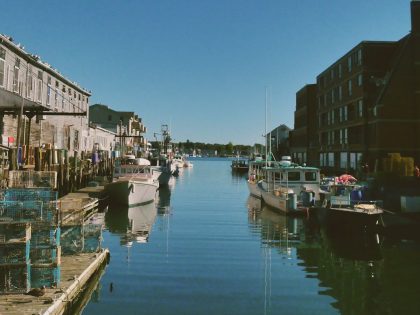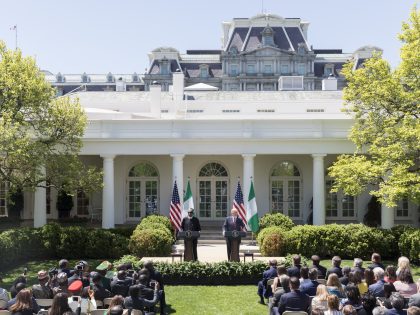My Favorite Photographs N°12: Kelebogile Ntladi

The latest image-maker in the “Favorite Photographs” series is South African photographer Kelebogile Ntladi. Based in Johannesburg, Kelebogile uses her images to interrogate gender norms and unapologetically contribute to the establishment of new space for dynamic identities in contemporary South African society. In particular Kelebogile’s work focuses on the idea of androgyny. With an interest in photography encouraged by mentor and friend Zanele Muholi, Kelebogile employs her images as tools for social change. Her bold images exist in the context of a nation that enshrines freedom from sexual orientation-based discrimination in its constitution, but where attitudes and behaviors can prove otherwise.
Here, Kelebogile explains the concept behind her images from the series “Split Halves”:
‘Split-Halves’ is commentary on the difficulties that come across towards diverse sexual orientation. This series of portraits focuses on androgynous people living in central Johannesburg. This subject is unique because androgyny is still an unexplored, taboo topic in South Africa. I am interested in androgynous people because they are still considered out of place in everyday life. I’m concerned with how society relates to these people and how they interact with society. I am one of these people and I feel our presence in the world is not always positively acknowledged or appreciated. Androgynous people often want to be invisible. A photo essay of this nature addresses these concerns.

The ‘Split Halves’ series also questions how society perceives beauty. This includes the idea of androgyny, two- spiritedness, ambiguity, the boy/girl, the divided soul. I approached the people in my photographs individually, informed them of my project and spent two or three days with each person, documenting and interacting.

I focused on creating close-up portraits by placing my subjects against fragmented, reflective and divided backgrounds or dilapidated structures to emphasize the relationship between the world and my subjects. The series is shot in black and white. The background is carefully considered in the composition with the use of strong vertical or horizontal lines, running down and across the images, consistently in the series. This creates an imbalance that represents potential barriers or divisions between the subject and society. The models are looking directly at the viewer, creating dialogue and confronting the audience about neutral and structured gender roles. It is about presenting these people in their simplest form with their striking features that are neither strongly masculine or strongly feminine in dynamic, flowing light.

The aim is to inform and create an awareness of androgynous people and to capture the essence of their beauty. I want to create an intense and engaging emotional impact between the audience and the subject. I want these people to feel they have a place in the world, highlight the daily hassles of being androgynous and explore more ideas around neutral gender identity. I aim to photograph as many of these people as possible, from different ethnicities, different countries and environments. I want to create an archive for generations to come.
This final image shows the time I spent in Durban with a collective of Painters, writers, beauty queens and photographers. It captures a decisive moment of laughter and friendship.

More of Kelebogile Ntladi’s images can be found in her portfolio and on her blog.


